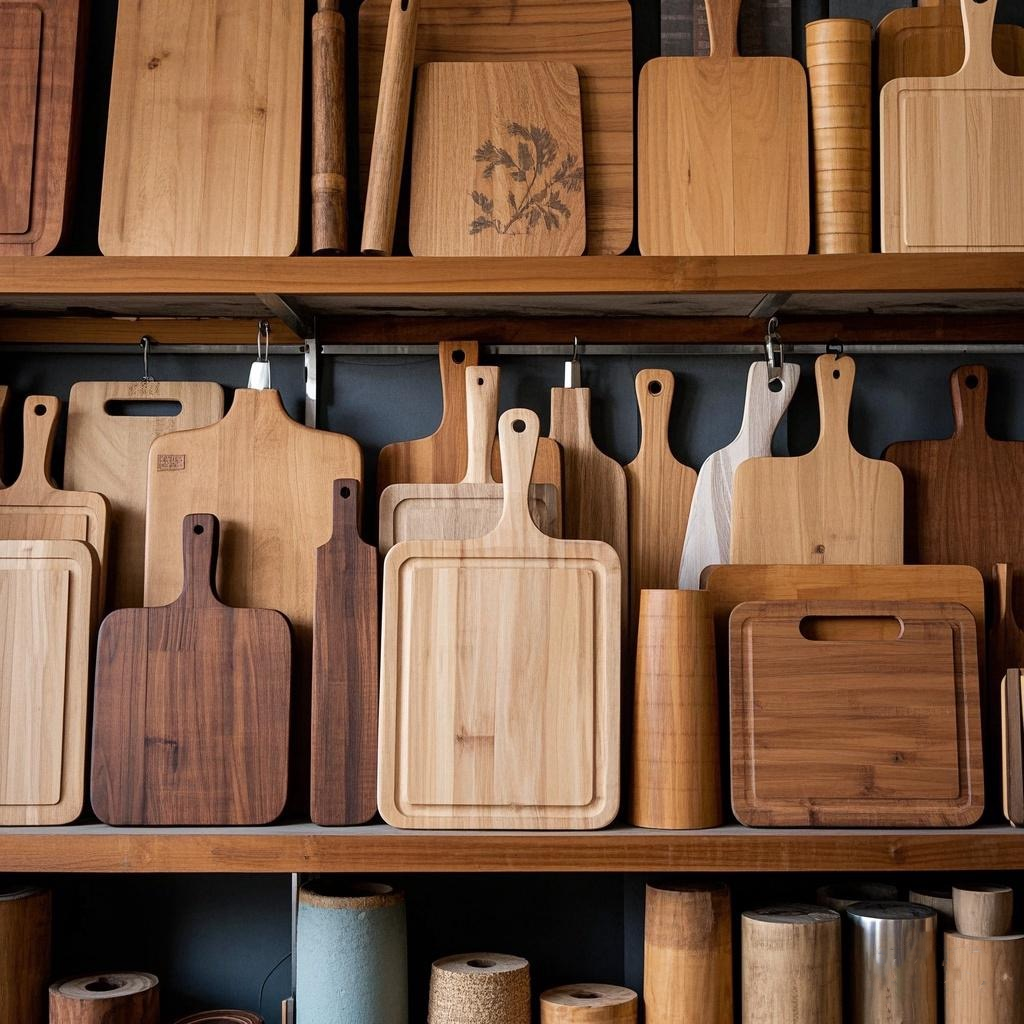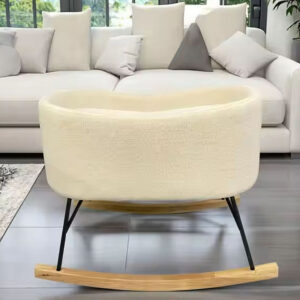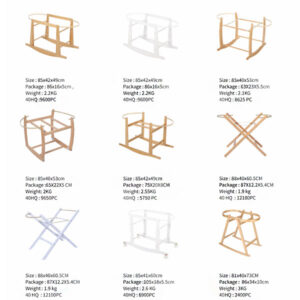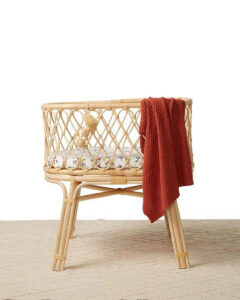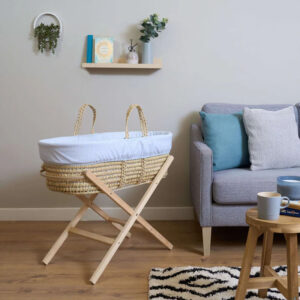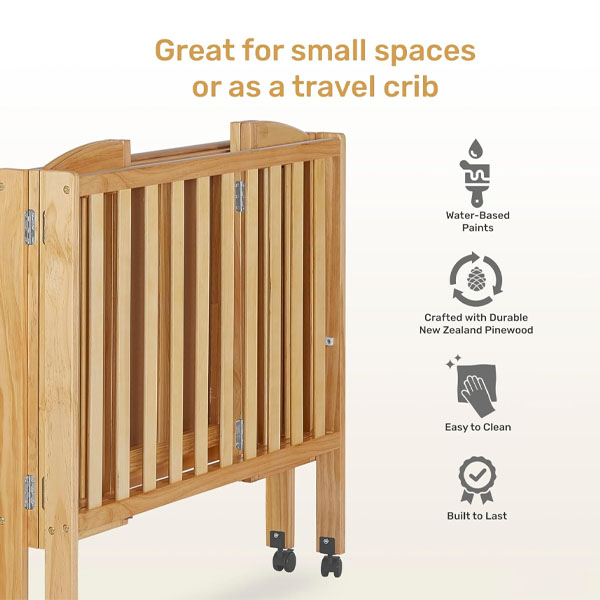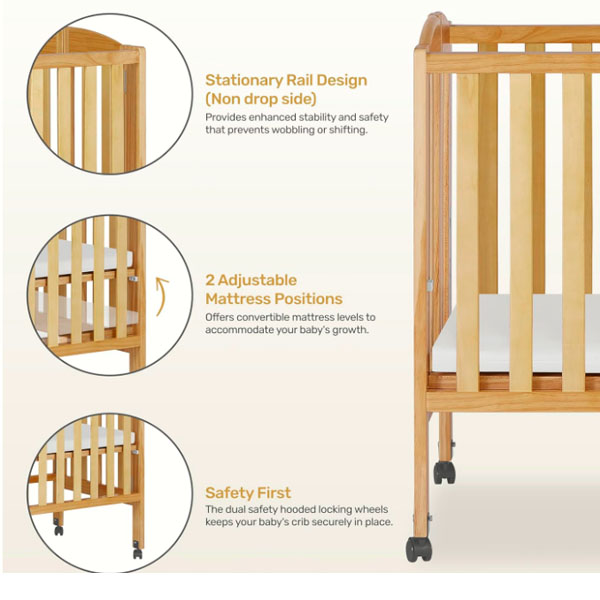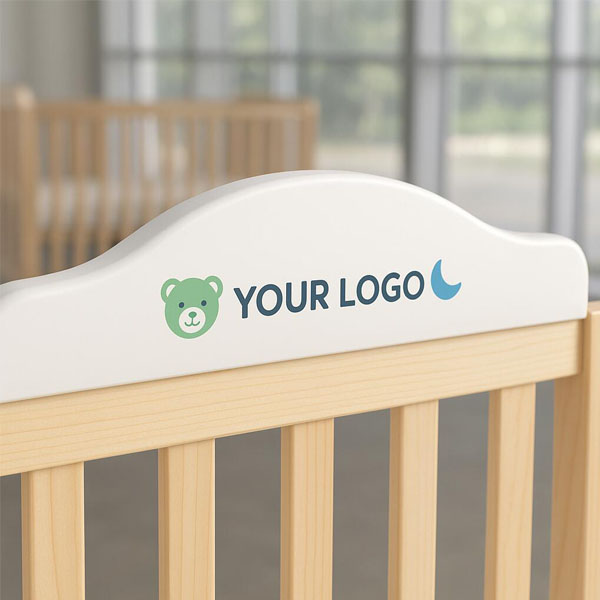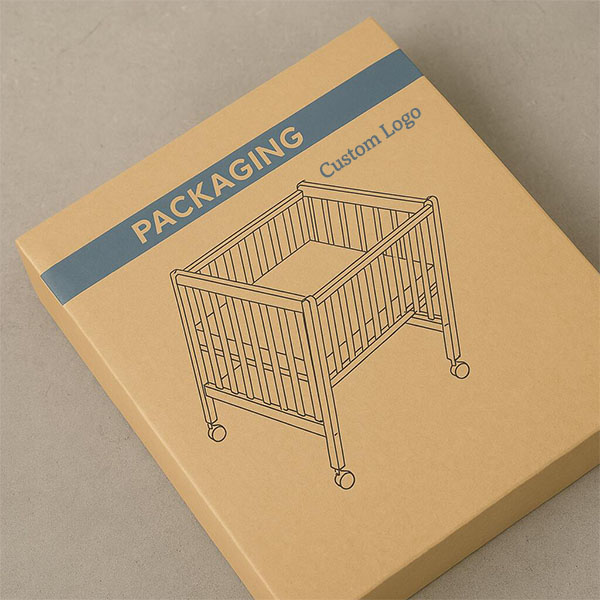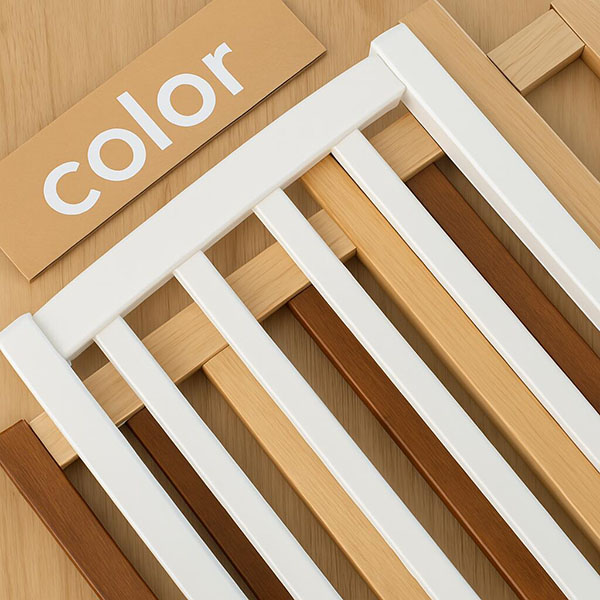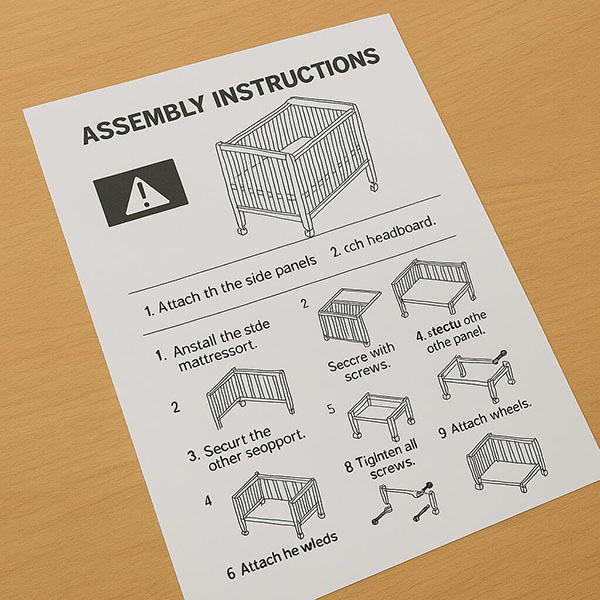Which Cutting Board Material is Best?
When it comes to selecting a cutting board, the material plays a pivotal role in how your kitchen tools perform, how your ingredients fare, and how long your cutting board lasts. A cutting board isn’t just a flat surface; it’s a tool that affects the longevity of your knives, the cleanliness of your kitchen, and even the flavor of your food. This article provides a comprehensive look at the most popular cutting board materials, examining their benefits, drawbacks, and the best use cases for each.When it comes to selecting a cutting board, the material plays a pivotal role in how your kitchen tools perform, how your ingredients fare, and how long your cutting board lasts. A cutting board isn’t just a flat surface; it’s a tool that affects the longevity of your knives, the cleanliness of your kitchen, and even the flavor of your food. This article provides a comprehensive look at the most popular cutting board materials, examining their benefits, drawbacks, and the best use cases for each.
1. Wood Cutting Boards: Classic, Durable, and Knife-Friendly
Wooden cutting boards have long been considered the gold standard for both professional chefs and home cooks. They are known for their natural beauty, knife-friendliness, and long-lasting durability. However, there are several types of wood to consider, each with its own unique characteristics.
Popular Wood Types for Cutting Boards
- Maple: Hard and durable, maple is one of the best choices for cutting boards. It provides a smooth surface that is gentle on knives while withstanding heavy use.
- Walnut: Known for its dark, rich color, walnut cutting boards are highly durable and attractive. The tight grain of walnut resists moisture and bacteria, making it an excellent choice for a cutting board.
- Bamboo: Technically a grass, bamboo is highly sustainable, lightweight, and tough. Bamboo boards are resistant to knife marks and eco-friendly, making them ideal for environmentally conscious cooks.
- Cherry: Cherry is an elegant, medium-hardwood that ages beautifully over time, darkening to a rich hue. It’s durable, but like other wood boards, it requires regular care to prevent cracking.
Pros of Wood Cutting Boards:
- Gentle on knives: Unlike plastic boards, wood cutting boards don’t dull knives as quickly.
- Durable and long-lasting: With proper care, wood cutting boards can last a lifetime.
- Natural antibacterial properties: Certain wood types, like maple, contain natural antimicrobial properties that reduce bacterial growth.
- Aesthetic appeal: Wood boards are both functional and beautiful, with a natural, classic aesthetic that suits any kitchen.
Cons of Wood Cutting Boards:
- Requires maintenance: Wood cutting boards need to be oiled regularly to keep them from drying out or cracking.
- Not dishwasher-safe: Most wooden boards cannot be cleaned in the dishwasher, which requires a bit more attention to hygiene.
- Can be expensive: Premium hardwoods like walnut and maple are typically pricier than plastic alternatives.
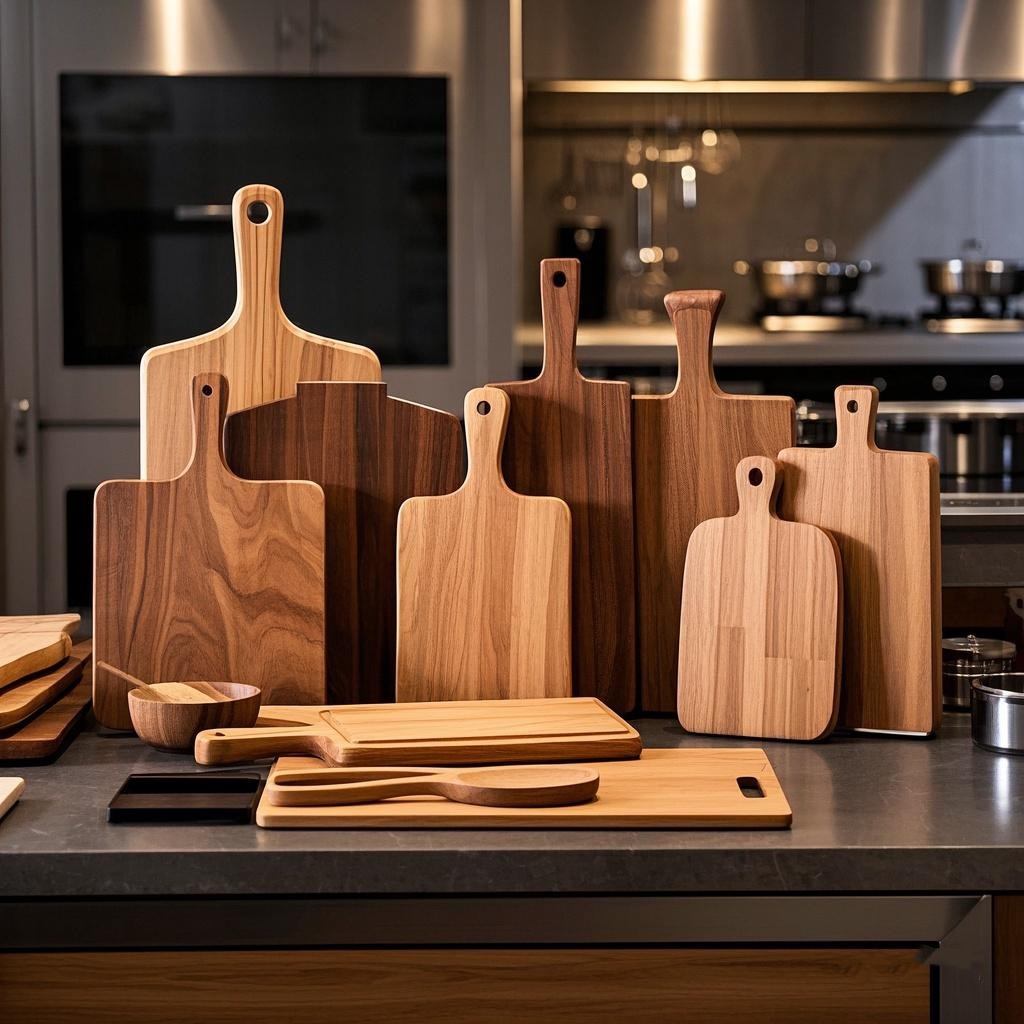
2. Plastic Cutting Boards: Affordable and Easy to Maintain
Plastic cutting boards are a popular choice due to their affordability, low maintenance, and ability to be easily cleaned. These boards are made from materials such as polyethylene or polypropylene, which are lightweight and durable. They come in a range of colors and sizes, making them versatile and easy to incorporate into any kitchen.
Pros of Plastic Cutting Boards:
- Dishwasher-safe: Plastic cutting boards are easy to clean and can be thrown into the dishwasher for a thorough sanitization.
- Affordable: Plastic boards are typically much less expensive than wood or bamboo alternatives.
- Variety of colors: Plastic cutting boards often come in a range of colors, allowing you to color-code your boards for different types of food (e.g., red for meat, green for vegetables).
- Non-porous: Plastic is non-porous, meaning it won’t absorb juices, oils, or bacteria as easily as wood.
Cons of Plastic Cutting Boards:
- Can dull knives quickly: Plastic boards are harder on knives than wood, leading to more frequent sharpening.
- Prone to scratches: Over time, plastic boards can develop deep grooves that trap bacteria, even though they are dishwasher-safe.
- Less aesthetically pleasing: While functional, plastic boards are not as visually appealing as wooden or bamboo boards.
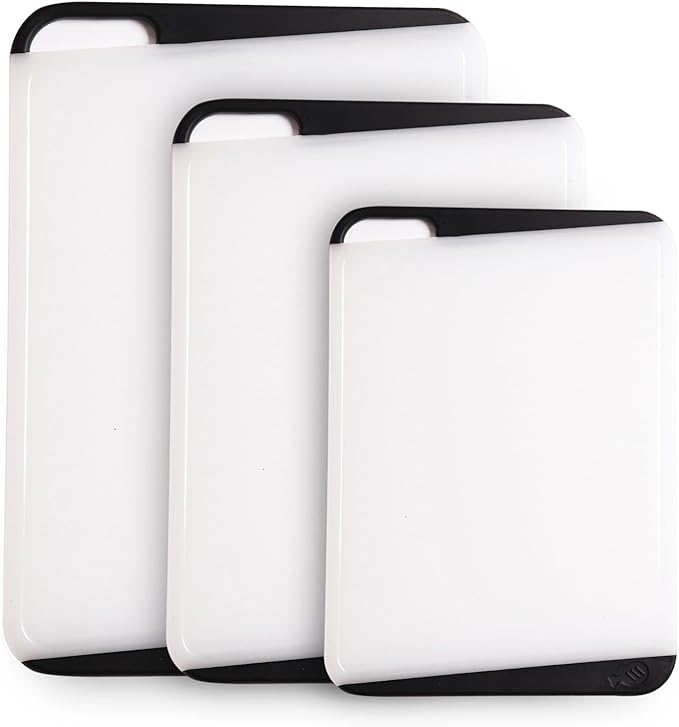
3. Bamboo Cutting Boards: Sustainable and Knife-Friendly
Bamboo cutting boards are increasingly popular due to their eco-friendly nature and lightweight construction. Bamboo is a fast-growing grass, making it one of the most sustainable materials available for cutting boards. Bamboo boards are typically made from laminated strips of bamboo that are pressed together to form a solid surface.
Pros of Bamboo Cutting Boards:
- Sustainable: Bamboo is a rapidly renewable resource, making it an eco-friendly alternative to wood.
- Lightweight and durable: Bamboo boards are strong, lightweight, and naturally resistant to knife marks.
- Antibacterial properties: Bamboo has natural antimicrobial properties that help reduce the spread of bacteria.
- Affordable: Bamboo cutting boards are generally more affordable than wood cutting boards, offering an excellent balance of cost and functionality.
Cons of Bamboo Cutting Boards:
- Can be hard on knives: While bamboo is durable, it can be harder on knives compared to softer wood options like maple.
- Requires maintenance: Like wood boards, bamboo cutting boards need to be regularly oiled to maintain their finish and prevent cracking.
- Prone to cracking: Bamboo is prone to cracking if not properly maintained, especially if exposed to moisture.
4. Composite Cutting Boards: Durable and Dishwasher-Safe
Composite cutting boards, such as those made by brands like Epicurean, combine wood fiber and resins to create a highly durable, eco-friendly material. These boards are engineered to be tougher than wood but also gentle on knives, providing a balance of durability and knife-friendliness.
Pros of Composite Cutting Boards:
- Dishwasher-safe: Composite boards can be safely cleaned in the dishwasher, offering convenience and hygiene.
- Durable: These boards resist knife scarring, are scratch-resistant, and are more durable than plastic.
- Eco-friendly: Many composite boards are made from recycled materials, making them a good choice for environmentally conscious cooks.
- Knife-friendly: Composite boards are designed to protect knife blades better than plastic.
Cons of Composite Cutting Boards:
- Less aesthetically pleasing: Composite boards tend to lack the natural beauty of wood, although they are functional.
- Higher cost: These boards can be more expensive than plastic or bamboo, especially if made by top brands like Epicurean.
5. Glass & Marble Cutting Boards: Sleek but Practical?
While glass and marble cutting boards are sleek and stylish, they are not the best options for cutting. These materials are hard on knives and can cause rapid blade dulling. However, they are easy to clean and highly durable.
Pros of Glass & Marble Cutting Boards:
- Easy to clean: Both materials are non-porous and dishwasher-safe.
- Stylish appearance: Glass and marble boards can be a beautiful addition to your kitchen, adding a touch of elegance.
Cons of Glass & Marble Cutting Boards:
- Knife damage: Glass and marble are very hard on knives and can cause significant dulling.
- Prone to chipping: Glass boards can crack or chip if dropped, while marble may show scratches or stains over time.

Conclusion: Which Cutting Board Material Is Best for You?
When choosing the best cutting board material, consider your cooking style, maintenance preferences, and the longevity of the board. Here’s a quick breakdown of the best options for specific needs:
- Wooden Boards (Maple, Walnut, Teak) – Best for knife longevity and aesthetic appeal, perfect for heavy-duty use.
- Plastic Boards – Best for easy maintenance and sanitization, suitable for light use or when needing to color-code your boards.
- Bamboo Boards – Best for sustainability and affordability, great for eco-conscious buyers.
- Composite Boards (Epicurean) – Best for durability and dishwasher-safety, ideal for modern kitchens.
- Glass/Marble Boards – Best for decorative use, but not recommended for cutting tasks.

